Features > Property News & Insights > Market updates
Investors surge into property as profitability hits new highs
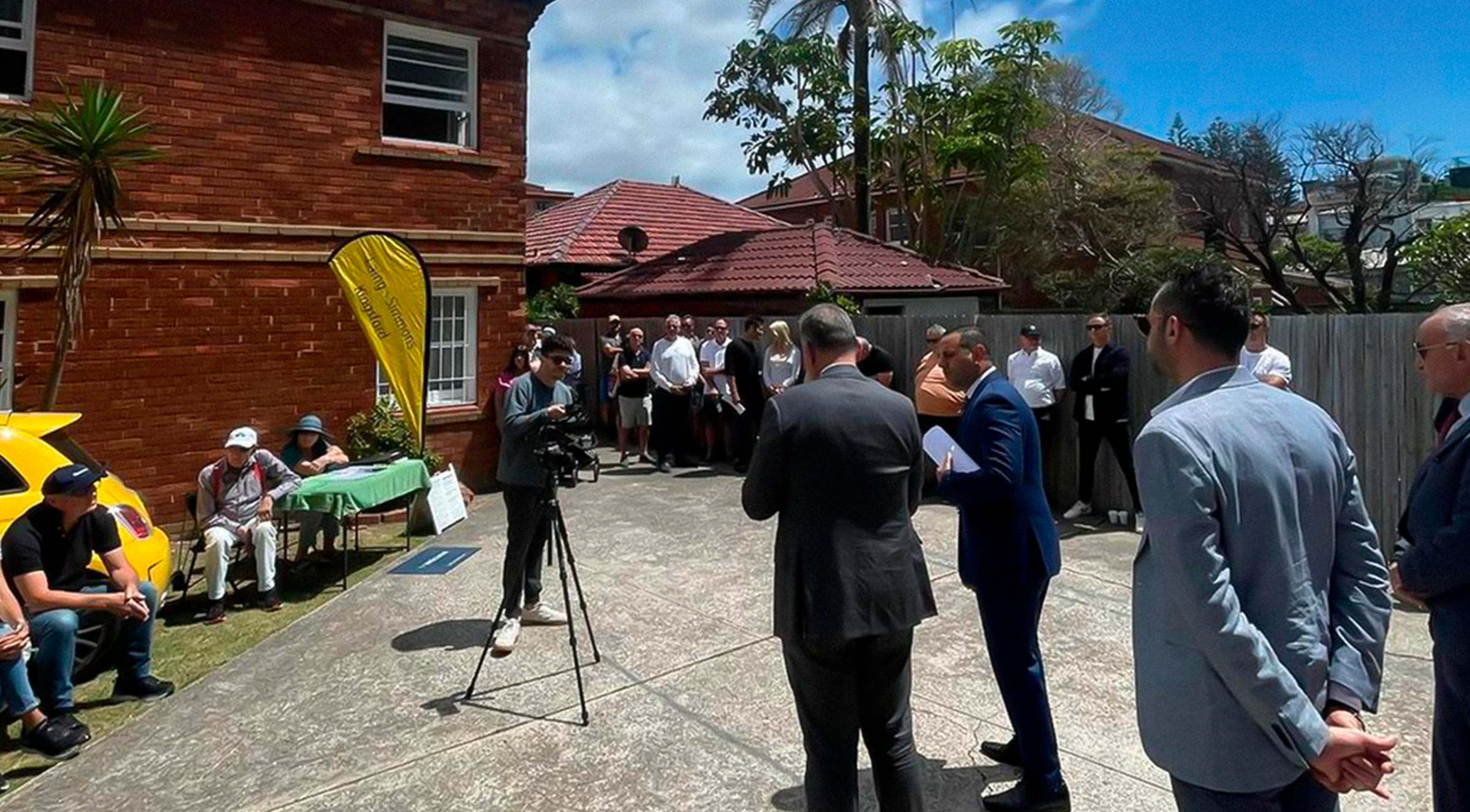
Image from news.com.au
KEY POINTS
- Investor lending has surged across the country to its highest point in almost a decade, driven by falling mortgage rates and tight rental conditions
- More than 90% of investment property sales in the past year were profitable — the highest on record
- Meanwhile, rental vacancy rates remain extremely low, keeping rents elevated, capital growth strong and yields steady
New data shows property investors are back in force, making up their largest share of housing finance since 2017, as record profitability and tight rental conditions entice more buyers into Australian residential real estate.
The findings from REA Group’s PropTrack paint a picture of a resurgent investor sector, capitalising on falling interest rates and persistently strong rental demand.
The details
The latest PropTrack Investor report shows investor lending has rebounded sharply over the past 18 months after a lull during the Reserve Bank’s rate-rising cycle.
Investors now account for around their highest proportion of new housing loans since 2017, and in Queensland, South Australia and Western Australia, their share is near record levels.
The report attributes the surge to falling borrowing costs and chronic rental shortages that have made investment returns more attractive.
Rental vacancy rates remain “very low by historical standards,” the report says, with fierce competition among tenants, strong rent growth and rising gross rental yields - all factors encouraging investors to re-enter the market.
While owner-occupier demand has also improved following this year’s RBA rate cuts, investor participation has outpaced it, giving investors a “very substantial share of new lending,” the report finds.
Tight rental conditions
Despite a modest easing in some capitals, Australia’s rental market remains extremely tight.
Vacancy rates in Melbourne have edged up slightly since early 2024, and smaller capitals such as Brisbane, Adelaide and Perth have seen minor improvements since mid-2022.
But availability “remains extremely low by pre-pandemic standards,” the report finds.
The scarcity of rental housing continues to drive competition among tenants and upward pressure on rents.
Although rent growth has moderated from the extraordinary levels of 2022 and 2023, it remains solid, with new leases being signed faster than before the pandemic.
This imbalance between supply and demand has provided renewed incentive for investors.
PropTrack notes that rental listings on REA Group’s property portal - realestate.com.au - have recorded positive year-on-year growth since July 2024, a sign that conditions may be slowly stabilising, but conditions are far from normal.
Neoval data points to the strongest price growth coming in some of Melbourne’s so-called “middle-ring” suburbs including Wantirna, Chelsea Heights, Croydon Hills–Warranwood, Rowville and Dingley Village.
“These are not the city’s most expensive postcodes, but they sit in well-connected, family-oriented corridors that have benefitted from improving affordability and renewed buyer confidence as borrowing conditions ease,” Nerida Conisbee says.
Ms Conisbee says houses in these suburbs have seen annual price gains between 6.8% and 7.0%.
Falling finance costs
Three rate cuts by the Reserve Bank of Australia in February, May and August 2025 have brought mortgage rates down, reducing finance costs for investors.
While gross rental yields have stabilised, they remain above pre-pandemic levels for units; an encouraging sign for investors in that segment.
The report’s tax data offers additional insights.
In 2022-23, investors’ average interest costs equated to just over 40% of their gross rental income, well below the 60% recorded a decade earlier.
Beyond interest payments, the biggest deductions claimed by landlords are for depreciation, repairs and maintenance, council rates, agent fees and strata charges.
About one in seven Australians now owns a rental property, confirming that property remains a cornerstone of household wealth and retirement planning.
The PropTrack report shows that two-thirds of investors own just one property, while another 20% hold two.
Only a small minority are multi-property landlords.
Investment ownership is also highly correlated with income.
Nearly 28% of the top-earning fifth of households are property investors, compared with only 6.5% among the lowest-income fifth.
This concentration of property wealth among higher-income households has long been a feature of Australia’s housing market, but the recent resurgence in investor activity may be reinforcing it.
Suburbs targeted by investors
The strongest investor demand remains centred in inner-city Sydney and Melbourne — traditional rental heartlands with dense apartment markets and steady tenant demand.
But affordability pressures are also pushing investment activity into outer-suburban growth corridors and smaller capitals.
The report says that in Melbourne, high volumes of investor purchases are being recorded in the Wyndham, Tullamarine and Melton areas in the city’s west and north.
In Sydney, Blacktown and St Mary’s are hotspots.
In Brisbane, activity is concentrated around Ipswich, while Kwinana and Armadale on Perth’s fringes are attracting similar attention.
Many of these suburbs are hubs of new housing development, offering relatively affordable entry points and solid yields - key attractions in an environment where established inner-city housing has become prohibitively expensive.
'Reinvesting’ on the rise
The report highlights that “reinvesting” is a small but notable trend among younger buyers. This is where buyers purchase an investment property in an affordable area, while continuing to rent in a location better suited to their lifestyle, social connections or work.
Although only 4-5% of all investor purchases are made by first-home buyers, the practice is somewhat more common in New South Wales, where affordability barriers are steepest.
PropTrack notes that reinvesting has declined slightly in recent years as non-first-home-buyer investors have returned strongly to the market.
Profitability at record highs
Perhaps the most striking finding of the report is the extraordinary profitability of investor resales.
Across the nation, more than 90% of investment property sales in the past year delivered a gain - a level unmatched in at least a decade.
In Brisbane, Adelaide and Perth, nearly every investor sale was profitable, reflecting price surges of more than 90% since March 2020.
Even in the more subdued growth markets of Sydney and Melbourne, investors selling in 2025 fared well, with nine in ten and four in five sales respectively achieving profits.
These results reflect both the legacy of the pandemic-era housing boom and the strong growth that has continued in smaller capitals since then.
The outlook
With inflation now back within the Reserve Bank’s 2–3% target band, financial markets expect at least one more rate cut in the current cycle.
PropTrack says the current interest rate climate, combined with still-tight rental conditions, will likely continue to sustain high levels of investor activity.
“Investor interest and engagement in the market is likely to remain high,” the report says, “as investors continue to maintain a significant share of market activity.”
The outlook for renters, however, remains less optimistic.
Despite signs of easing in some city markets, overall rental availability is expected to stay limited well into 2026.
Stay Up to Date
with the Latest Australian Property News, Insights & Education.




.png?width=292&height=292&name=Copy%20Link%20(1).png)
 SIGN UP FOR FREE NEWSLETTER
SIGN UP FOR FREE NEWSLETTER
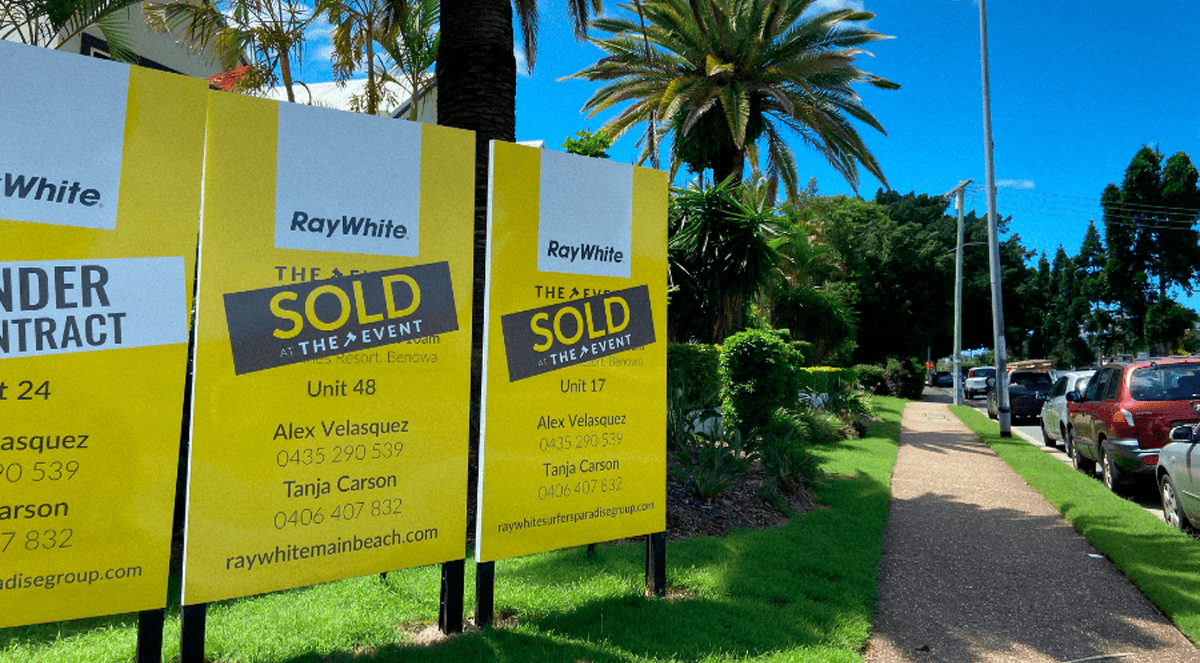
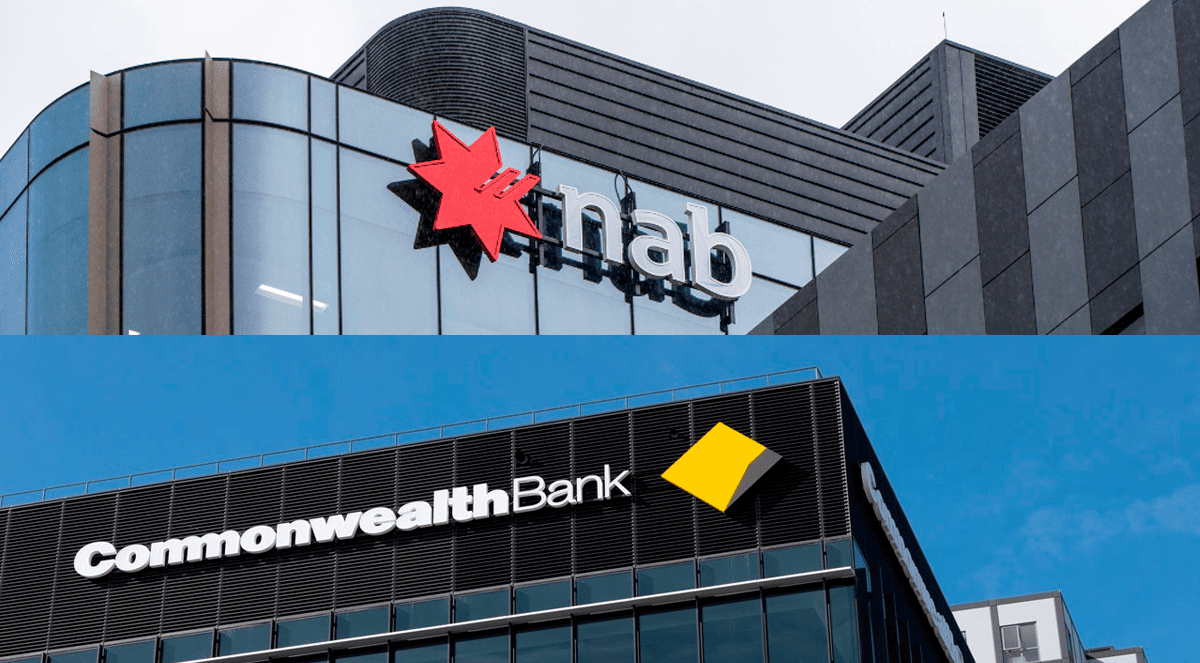
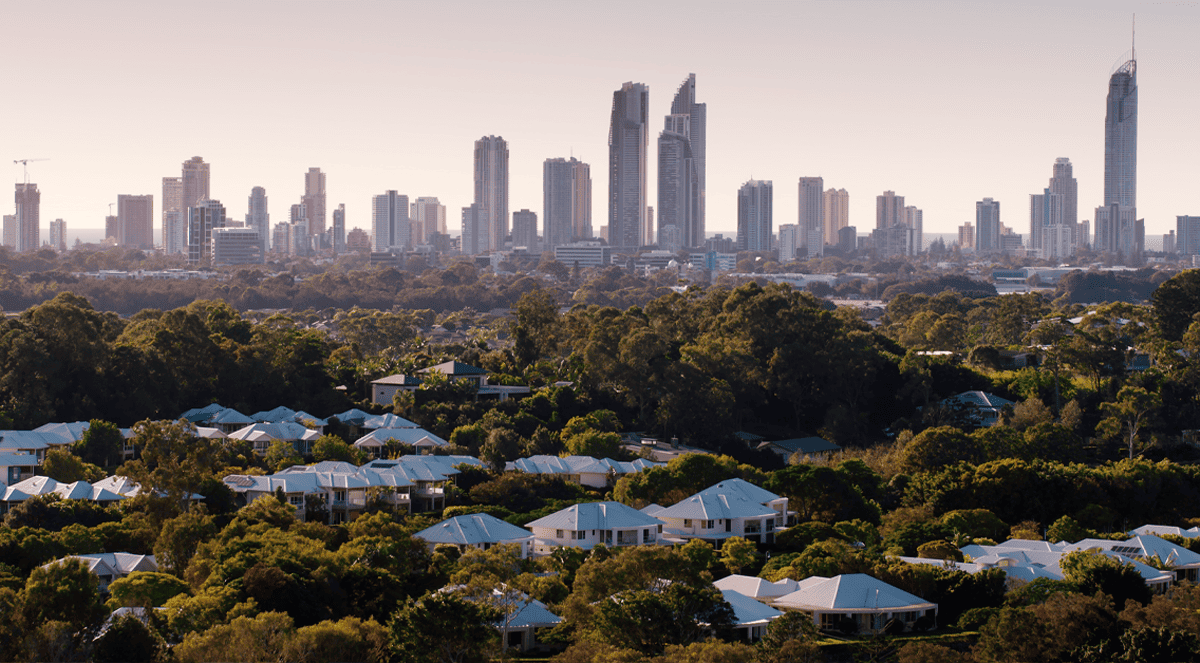
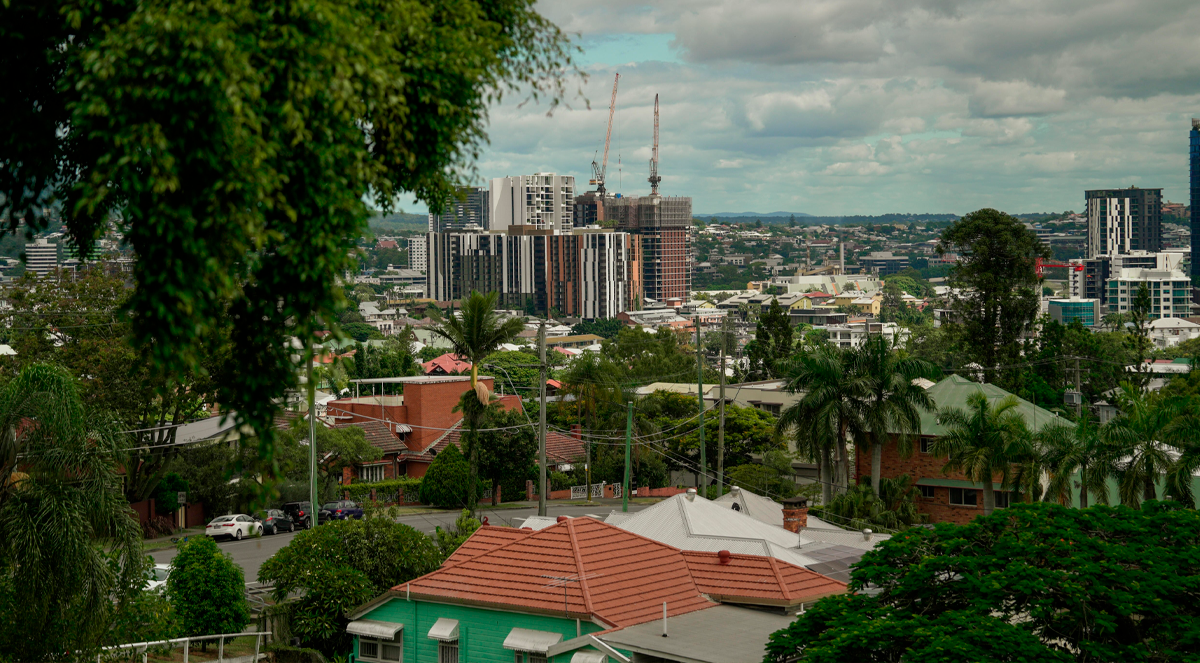
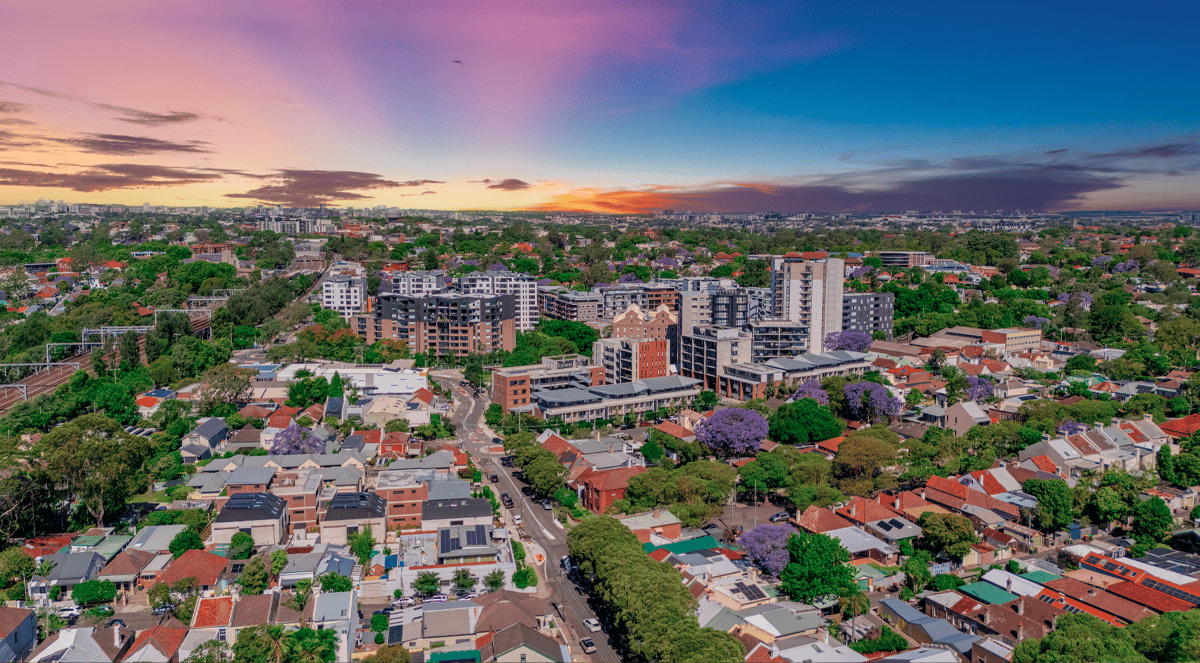
.jpg?width=1920&height=1080&name=Warning%2c%20You%20Might%20Be%20Facing%20Higher%20Taxes%20Soon%20(1).jpg)





.png?width=1920&height=1080&name=Rate%20Drops%20Signal%20BIGGEST%20Property%20Boom%20in%20DECADES%20(1).png)

.jpg?width=1920&height=1080&name=Labor%20vs%20Liberal%20These%20Housing%20Policies%20Could%20Change%20the%20Property%20Market%20Forever%20(1).jpg)
.jpg?width=1920&height=1080&name=QLD%20Slashes%20Stamp%20Duty%20Big%20News%20for%20Investors%20%26%20Home%20Buyers%20(1).jpg)
.jpg?width=1920&height=1080&name=Trump%20Just%20Slapped%20Tariffs%20%E2%80%93%20Here%E2%80%99s%20What%20It%20Means%20for%20Australia%20(1).jpg)
.jpg?width=1920&height=1080&name=Federal%20Budget%202025%20More%20Debt%2c%20No%20Housing%20%E2%80%93%20Here%E2%80%99s%20What%20You%20Need%20to%20Know%20(1).jpg)
.jpg?width=1920&height=1080&name=Australias%20Housing%20Crisis%20is%20about%20to%20get%20MUCH%20Worse%20(New%20Data%20Warns).jpg)
%20(1).jpg?width=1920&height=1080&name=Australias%20RENTAL%20CRISIS%20Hits%20ROCK%20BOTTOM!%20(2025%20Update)%20(1).jpg)
%20(1).png?width=1920&height=1080&name=Is%20Adelaide%20Still%20a%20Good%20Property%20Investment%20(2025%20UPDATE)%20(1).png)
.jpg?width=1920&height=1080&name=RBA%20Shocks%20with%20Rate%20Cuts!%20What%E2%80%99s%20Next%20for%20Property%20Investors%20(1).jpg)
%20(1).jpg?width=1920&height=1080&name=I%20Predict%20The%20Feb%20Rate%20Cut%20(My%20Price%20Growth%20Prediction)%20(1).jpg)
.png?width=1920&height=1080&name=Why%20Property%20Prices%20Will%20Rise%20in%202025%20Market%20Predictions%20(1).png)
.jpg?width=1920&height=1080&name=Why%20Investors%20Are%20Choosing%20Apartments%20Over%20Houses%202%20(1).jpg)
.jpg?width=1920&height=1080&name=Why%20Rate%20Cuts%20Will%20Trigger%20A%20Property%20Boom%20(1).jpg)
.jpg?width=1920&height=1080&name=Retire%20On%202Million%20With%20One%20Property%20(Using%20SMSF).jpg)
.jpg?width=1920&height=1080&name=4%20Reasons%20Why%20You%20Should%20Invest%20in%20Melbourne%20Now%20(1).jpg)
%20(1).jpg?width=1920&height=1080&name=Old%20Property%20vs%20New%20Property%20(Facts%20and%20Figures%20Revealed)%20(1).jpg)
%20(1).jpg?width=1920&height=1080&name=Will%20The%20New%20QLD%20Govt%20Create%20a%20Property%20Boom%20or%20Bust%20(My%20Prediction)%20(1).jpg)
%20Scott%20Kuru%20(1).jpg?width=1920&height=1080&name=Inflation%20Hits%20Three-Year%20Low%20(Will%20RBA%20Cut%20Rates%20Soon)%20Scott%20Kuru%20(1).jpg)
.jpg?width=1920&height=1080&name=How%20to%20Buy%20Investment%20Property%20Through%20SMSF_%20The%20Ultimate%20Guide%20(1).jpg)
.jpg?width=1920&height=1080&name=Victoria%20Slashes%20Stamp%20Duty%20Melbourne%20Set%20to%20Boom%20Scott%20Kuru%20(1).jpg)
.png?width=1571&height=861&name=Are%20Foreign%20Buyers%20Really%20Driving%20Up%20Australian%20Property%20Prices%20(1).png)
.jpg?width=1920&height=1080&name=The%20Single%20Factor%20That%20Predicts%20Property%20Growth%20Regions%20(1).jpg)
%20Scott%20Kuru%20(1).jpg?width=1920&height=1080&name=My%20Prediction%20On%20Rates%20%26%20Negative%20Gearing%20(Market%20Crash)%20Scott%20Kuru%20(1).jpg)

-1.png?width=1920&height=1080&name=Major%20Banks%20Cut%20Rates%20Will%20RBA%20Follow%20Suit%20(Sept%20Rate%20Update)-1.png)
%20Scott%20Kuru-1.png?width=1920&height=1080&name=Rate%20Cut%20Coming%20What%20New%20Zealands%20Move%20Means%20for%20Australia%20(Sept%20Prediction)%20Scott%20Kuru-1.png)
%20(1).jpg?width=1920&height=1080&name=Buy%20when%20the%20interest%20rates%20are%20high!%20(Why%20you%20must%20buy%20now!)%20(1).jpg)
.jpg?width=1920&height=1080&name=Carms_Revised%20Taxes%20Due%20Aug%209%20YT%20Thumbnail02%20(1).jpg)
.jpg?width=1920&height=1080&name=Carms_Too%20Little%20Too%20Late%20Aug%207%20YT%20Thumbnail01%20(1).jpg)









.jpg?width=1920&height=1080&name=Carms_Rate%20Drop%20In%20July%20Jun%2010%20YT%20Thumbnail02%20(1).jpg)
.jpg?width=1920&height=1080&name=Carms_Own%20a%20Property%20V6%20Jun%205_YT%20Thumbnail%20(1).jpg)









.png?width=1920&height=1080&name=Artboard%201%20(3).png)






.jpg?width=1920&height=1080&name=YT%20thumbnail%20%20(1).jpg)

